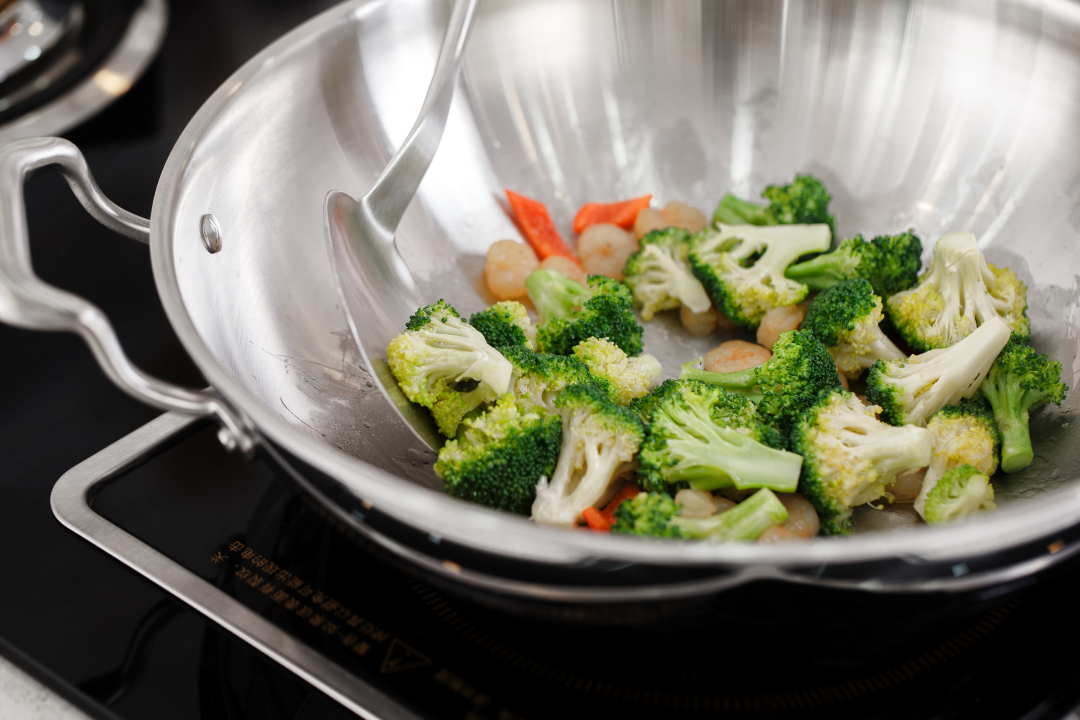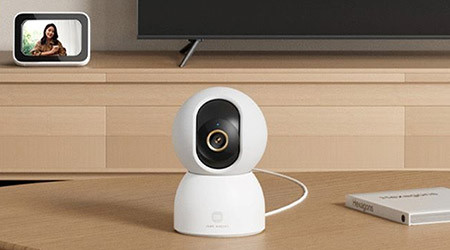To Burn or Not Burn: The YiwuYishi Frying Pan Has the Answer
- 17.11.2017
- 2416
- Joney Tour
- Add new comment
Today almost every manufacturer of kitchen utensils offers non-stick cookware so that serve ourselves and our loved ones not only tasty but also healthy and aesthetically attractive home-made meal. But the question is which is better: a non-stick coating or natural non-stick properties of certain metals? But let's never mind the rest of the world for a minute and check if Xiaomi has a product to put on its side of this scale?

Non-stick cookware
Non-stick cookware has the following important features: non-stick coating, flat surface, and uniform heat distribution. When you choose a frying pan, it is very important to consider its ability to distribute heat evenly. Such a trick allows to cook food quicker.
The cookware can have such kinds of non-stick coatings:
- stone
- Teflon
- ceramics
Stone non-stick coating
The demand for frying pans as if made of marble became very popular in the CIS two-three year ago.

Pros
Good quality, attractive appearance, and affordable price — what could be better for an average user?
Cons
A stone coating is either a PTFE-based (polytetrafluoroethylene — generates carcinogens) or is a sol-gel coating (chlorine is used in its manufacture).
The non-stick properties of the stone coating are quite unstable.
Teflon non-stick coating

Pros
Teflon coated pans are very lightweight, easy to clean and do not require a lot of oil for cooking.
Cons
In 2006, the EPA (Environmental Protection Agency in the USA) has banned the production of products with Teflon coating, because it was proved to evaporate toxic substances. When Teflon is heated up to 200 °C it releases toxic chemicals that can accumulate in the human body and affect the health of the live and the general physical condition in a harmful way.
Ceramic non-stick coating

Pros
The ceramic coating of the frying pan consists of natural components: clay, stone, san. It is considered ecologically safe for human health.
Cons
Due to constant temperature changes, the ceramic coating can be damaged. Microcracks, which appear due to improper use of the frying pan, can also affect its effectiveness. In addition, the thermal conductivity of the ceramics is much lower than the thermal conductivity of the metal (ceramics (1.5W/m.K) < stainless steel (16W/m.K) < cast iron (55W/m.K) < aluminum (230W/m.K). It is not surprising that a frying pan with ceramic non-stick coating will have much higher price than a frying pan with Teflon coating.
The cookware without a non-stick coating:
- cast iron
- stainless steel
Cast iron

Pros
Can you imagine that the cookware of cast iron was already used in the 4th century BC!
Cast iron consists of iron and carbon with additives of phosphorus and silicon, which provide reduced thermal conductivity. This allows the material to heat up gradually and equally throughout the surface. On top of that, cast iron is safe for your health and the food does not burn.
Cons
Cast iron is quite heavy. For a teenager, it will not be easy to handle a cast-iron frying pan. It can also easily collect moisture and develop rust. Only proper attentive care will not allow the frying pan to rust. Detergents are enemies of a cast-iron frying pan. With a detergent, you are washing off a protective oil film, which cannot be restored easily.
Stainless steel

Pros
Durable and strong frying pan made of stainless steel can withstand the most careless usage. Since stainless steel does not react with food, it is 100% safe for your health. A multi-layered bottom design protects the food from burning and keeps the heat even after the cooking process. A smooth and polished surface of the frying pan prevents microbes from accumulating.
YiwuYishi three-layer stainless steel frying pan
Among Xiaomi partners you will not find a single one that does not put the health of their consumers first. The brand YiwuYishi, for example, made a convenient and safe three-layer stainless steel frying pan.

In China, the warranty period for the product is 10 years! Just think about how confident the manufacturer is about the quality of it! Even high-end chefs, claiming to have Michelin stars, can rely on the quality of this frying pan!
- wall thickness — 2.9mm
- three-layer bottom — steel + aluminum
- smooth polished surface has 100% non-stick protection
So which type of the frying pan do you have at home?










